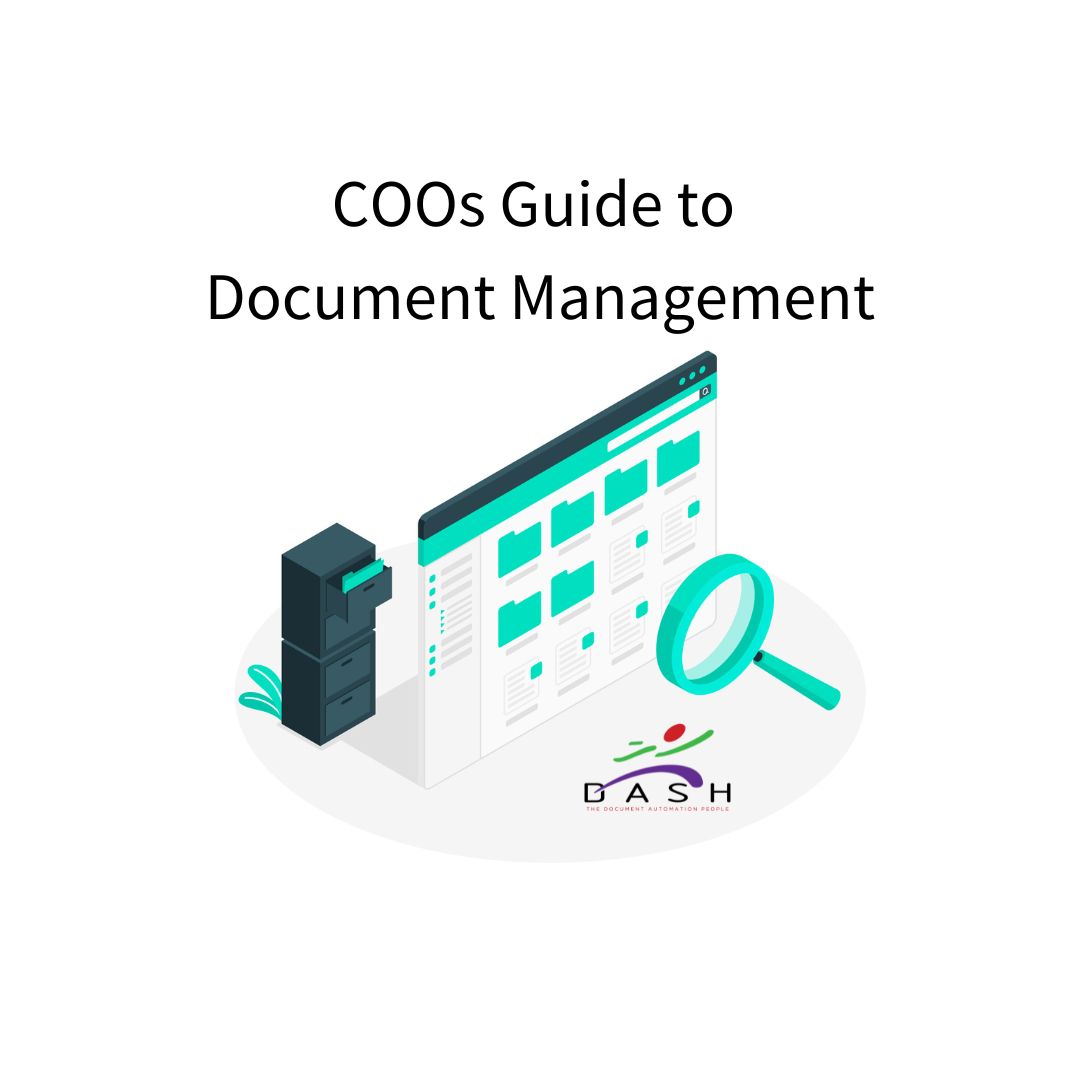5 Ways AP Automation Can Pay for Itself
Boosting Efficiency & Savings: AP Automation Can Pay for Itself
AP automation becomes a self-funding investment and generates additional savings, read more below…
Will investing in accounts payable automation yield a positive return on investment (ROI)? The answer is a resounding “Yes!”
When all the numbers are crunched and all factors are taken into consideration, AP Automation will pay for itself and generate ROI for the business by:
- Reduced data entry
- Fraud Prevention
- Exception-based processing
- Capture early-payment discounts
- Reduced invoice processing time
In today’s fast-paced business environment, organizations are constantly seeking ways to optimize processes and cut costs. One area where this is particularly crucial is in accounts payable (AP) management. Traditional, manual AP processes can be time-consuming, error-prone, and costly. However, with the advent of technology, AP automation has emerged as a game-changer, offering numerous benefits that extend far beyond simple process streamlining. In this article, we’ll explore five ways AP automation can not only enhance operational efficiency but also pay for itself over time.
- Reduced data entry: Manual data entry is a breeding ground for errors. AP automation systems significantly reduce the risk of mistakes by automating data extraction and invoice matching. This leads to fewer instances of late payments, preventing costly penalties and preserving vendor relationships. With fewer errors, organizations can also avoid the time and resources spent on resolving payment discrepancies.
- Fraud Prevention: Real-time 3-way matching is a crucial component of accounts payable automation, serving as a powerful deterrent against fraud within financial processes. By instantly cross-referencing purchase orders, invoices, and receiving documents, organizations can detect discrepancies or irregularities as transactions occur. This immediate matching capability acts as a proactive safeguard, preventing fraudulent activities by ensuring that the three key elements of a transaction align in real time, promoting transparency and accountability in financial operations.
- Exception-based processing: Exception-based processing is a dynamic approach to handling transactions that focuses on identifying and addressing anomalies rather than processing every transaction uniformly. Instead of scrutinizing every routine transaction, this method relies on automated systems to flag and prioritize exceptions—transactions that deviate from predefined norms or require manual intervention. By streamlining routine processes and directing attention to irregularities, exception-based processing enhances efficiency, reduces operational costs, and allows organizations to allocate resources more effectively to address and resolve specific issues in their processes.
- Capture early-payment discounts: Capturing early-payment discounts is a strategic financial practice that involves taking advantage of discounts offered by vendors for prompt payment of invoices. Many suppliers provide incentives for settling invoices ahead of the agreed-upon payment terms, commonly referred to as early-payment discounts. By efficiently processing and paying invoices well before the due date, organizations can capitalize on these discounts, resulting in direct cost savings and improved cash flow, ultimately enhancing their financial health and vendor relationships.
- Reduced invoice processing time: Reduced invoice processing time signifies the efficiency gains achieved through streamlined and automated accounts payable processes. By leveraging technologies like invoice automation, organizations can significantly cut down the time it takes to handle, review, and approve invoices. This not only accelerates payment cycles, minimizing the risk of late fees but also enhances overall operational agility, allowing businesses to allocate resources more effectively and focus on strategic initiatives rather than getting bogged down by time-consuming manual tasks.
Investing in AP automation is not just a modernization strategy; it’s a sound financial decision that pays for itself over time. The benefits extend beyond operational efficiency to encompass error reduction, fraud prevention, exception-based processing, early payment discounts, and reduced invoice processing time. Organizations that embrace AP automation position themselves for long-term success in a competitive business landscape, demonstrating the value of innovation in optimizing financial processes.
Our goal is to create a world-class product that is affordable, and customer driven.
Unleash the potential of AI-driven accounting software such as the DASH AP Robot, designed to effortlessly handle repetitive tasks such as data entry, invoice processing, and financial analysis. With its unrivaled accuracy and speed, AI-powered systems provide a level of precision that surpasses human capabilities, ensuring error-free calculations and real-time insights that can significantly enhance business operations.
To learn more about how to implement and get started on your AP Automation journey, contact our team of experts today.
📊 #APAutomation✅
About the Author:
Stephanie is the marketing guru at DASH. For over 20 years, DASH has been authoring, delivering, and supporting DASH DDX™ and DASH AP Robot™, its ERP-integrated software to small and mid-sized manufacturing and distribution companies throughout the USA and beyond.
Let’s chat!
Follow the Dash Blog
Sign up to follow blog posts from Dash



